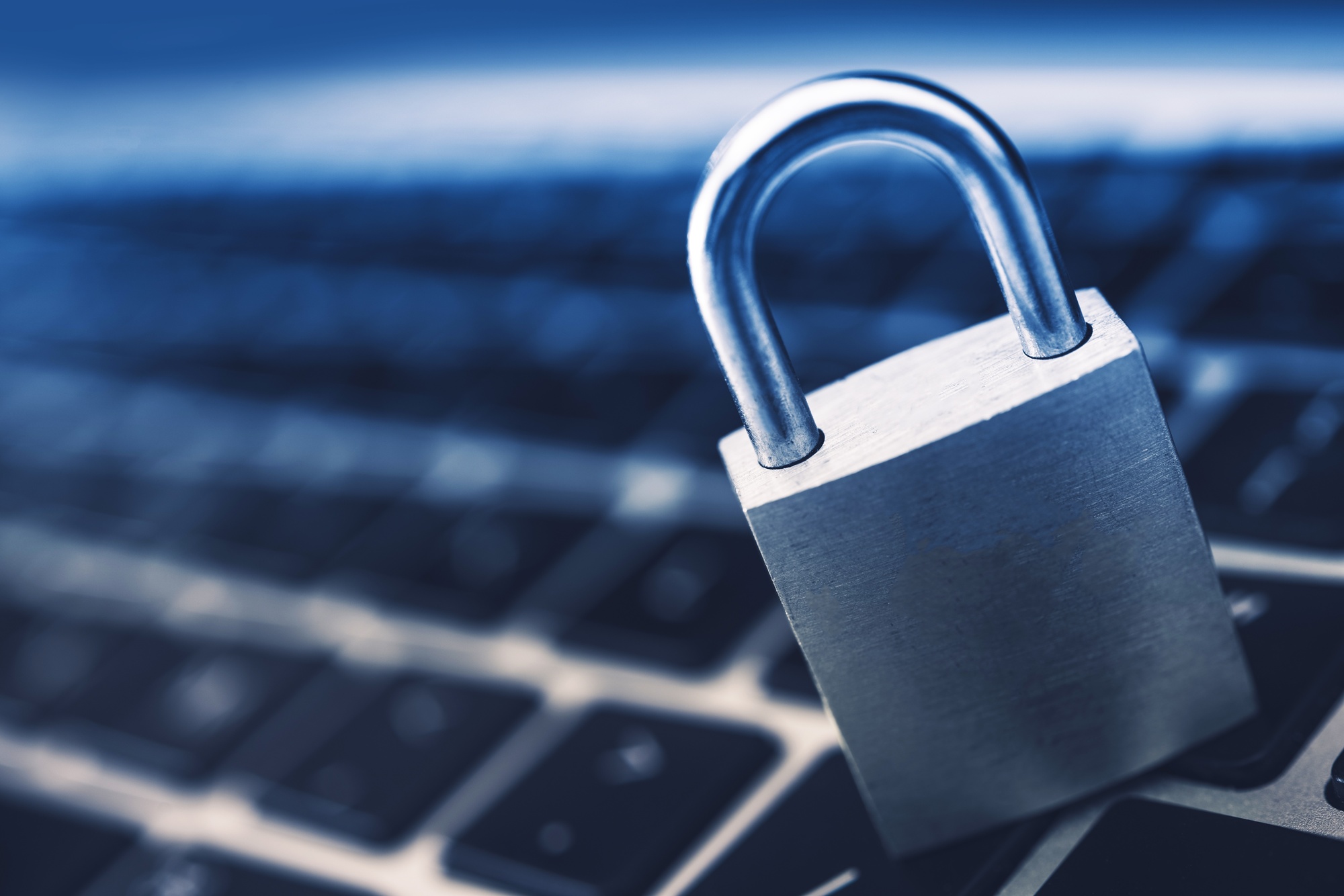Cybercrime is advancing at a faster rate than ever before. In fact, it’s estimated that the industry will be worth over $10 trillion by the year 2025.
Phishing attacks are some of the most common types, and not everybody knows how to recognize one. We’ve put together a guide with all the info that you need to know.
So, What Exactly Is a Phishing Attack?
For those unaware, this type of crime involves fraudulently acquiring sensitive personal information. For example, a hacker might use a spoofed email address to contact someone about their bank account.
The victim will see that the email comes from their financial institution, so they will follow the instructions that it provides. Unfortunately, this almost always results in the hacker getting the data that they want.
This is typically achieved by redirecting victims to a fake website interface that asks them to input login information. Although hackers often use email as their preferred medium, phishing attacks can also occur through SMS texts or messages on social media.
How Can I Recognize One?
Since so many people fall victim to phishing attacks each year, you might assume that they are difficult (or even impossible) to recognize. The truth is, though, that they are fairly easy to prevent.
Let’s explore a few key ways you can recognize a phishing attack.
Never Login Through Email
One of the most common ways that people fall for this type of attack is by logging into a platform via email. To elaborate, let’s assume that you get an email from your bank that claims fraudulent activity has taken place in your account.
The message then provides a link to log into your account and encourages you to do so in order to learn more information. What’s really happening at this point is the hacker is sending you to a falsified web form.
Although the URL may display correctly and the form may look legitimate, they are logging all of the information you type. This means you’re directly providing them with your login credentials, which they can then use.
Due to how effective they are, email scams are one of the most common tactics that criminals use.
Don’t Click Unsolicited Links
Although many people click an embedded link in phishing messages in order to visit a platform, these links won’t always prompt you to do so.
You might receive a message that asks you to confirm changes that were recently made to your account. This message might have an attachment that claims to be ‘evidence’ of the aforementioned activity.
As you might expect, clicking this link could easily lead to a large number of consequences.
Unless you’re absolutely sure that you trust the source, it’s recommended to never click links that you receive through email, text, or social media messages. Instead, you should always type the website URL yourself.
Additionally, never use an unsolicited email download link (especially if they are in the form of compressed files when they shouldn’t be).
Keep Your Browsing Software Updated
You can accomplish a lot by simply updating your browser software. As time goes on, hackers are getting more and more efficient at taking advantage of security flaws.
Even a web browser that is slightly outdated could leave you vulnerable to cybercrime. Fortunately, it’s notably easy to achieve this.
Web browser developers are constantly pushing out new updates, and many of them will automatically install. This comes with the benefit of outright preventing common phishing methods that hackers use.
Although this step is simple, it can take you a long way toward keeping yourself secure.
For added security, you should work offline whenever possible. For example, you could write in a word processor as opposed to using an online web form.
Look for Grammar Errors
Just because a message appears to be from a legitimate source doesn’t mean that it will always sound legitimate. More often than not, a phishing message will be rife with grammatical errors, improper formatting, etc.
This will allow you to immediately tell whether or not the message you received is authentic. Keep in mind, though, that it’s not impossible for a legitimate source to include grammatical errors in the messages.
But, these are few and far between and will most likely be something minor, such as a missing apostrophe. More serious errors (such as misspelling your name) are something to keep an eye out for. The same can be said about the use of incorrect symbols.
Be Wary of Pop-UPS
It should come as no surprise that nobody in this world likes pop-ups. But, these are more than simple annoyances in some cases.
Pop-ups are also notorious for serving as falsified forms that users input information into. For example, let’s assume that you click a button to log into a particular website.
Normally, this would reload the page and bring you to a different form. In this case, though, a pop-up appears that asks for the same login information.
Unless you are vigilantly looking for this type of occurrence, you might not think twice before inputting your info.
It’s also important to note that false forms will never actually log you into the platform that you’re on. Instead, they will continuously declare that you did not input the correct login information.
This can be particularly beneficial for the hacker, as it allows them to log credentials multiple times to ensure that the user typed them correctly.
Recognizing Phishing Attacks Might Seem Complicated
However, the above information will ensure that you’re quickly able to tell the signs. From here, you’ll be able to fully protect yourself against phishing attacks and keep your personal information safe as possible.
Want to learn more about what we have to offer? Feel free to check out our blog for more useful information.
